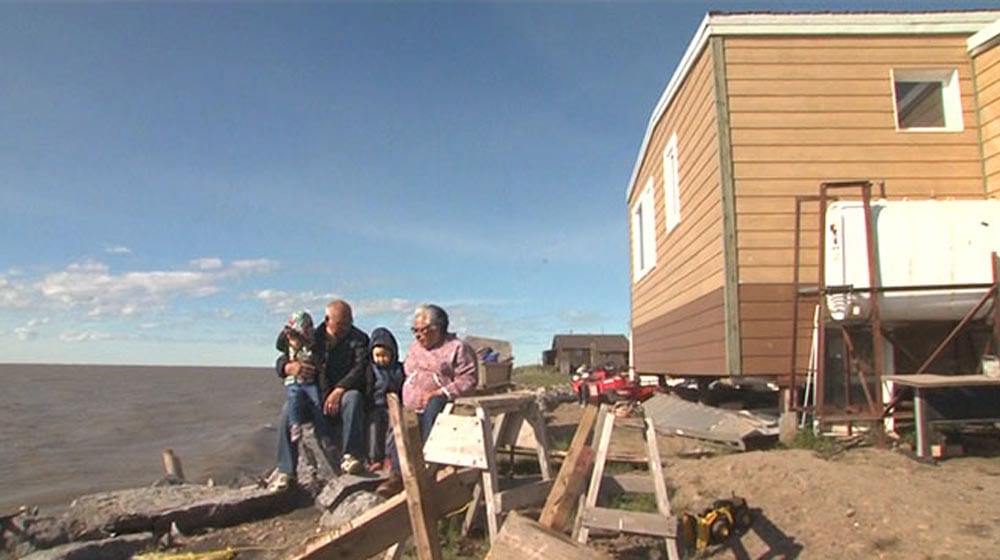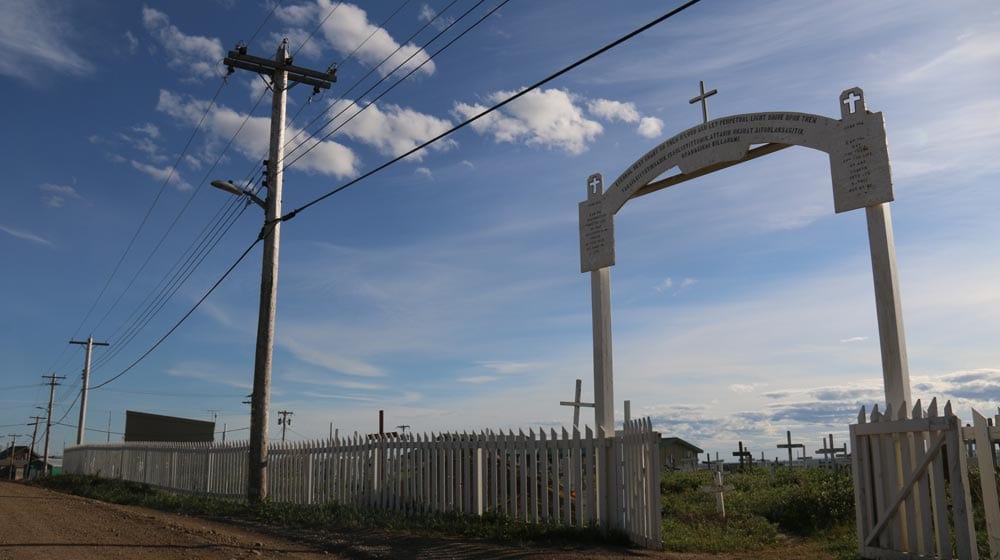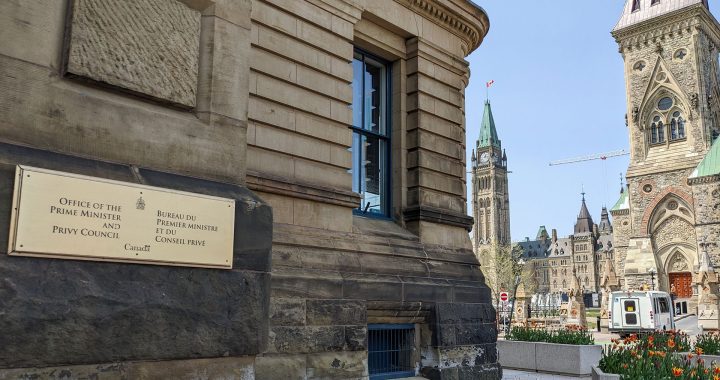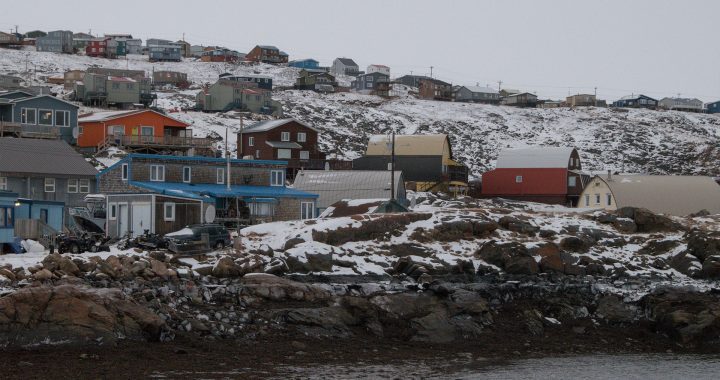When Sarah and Sandy Adam moved into their new home in Tuktoyaktuk in 1994, there was a lot of land between the Beaufort Sea and the house.Now, they are just one bad storm away from losing everything.
“We had long beaches, the land use to be way out there. We use to have fun in the beaches, play and slide and now there is no more, said Sarah. “The house sits on short stilts. Its front door faces the sea.Sarah and Sandy live here with six of their eleven grandchildren.
This drone footage shows erosion along the shores of the Beaufort Sea courtesy of Natural Resources Canada. The footage is from North Head shore on Richards Island about 70 kilometres from Tuktoyaktuk.
Erosion is nothing new.Tuktoyaktuk was settled by the Hudson Bay Company in the 1930s.
The HBC lost buildings in the first decade to flooding. At that time parts of the coastline had dropped off by approximately 100 metres in certain areas.
The hamlet was officially settled in the 1970’s, the territorial government had projected Tuk to be an oil and gas exploration hub.
Sandy remembers his parent’s house almost vanishing back in 1977.“We could hear waves hitting the house and the next morning when I looked over the house there was this much hanging over the edge,” he said.

But the thawing permafrost and rising sea levels heighten the risk.During violent storms, the waves crash against their window.
“It could get higher, you can’t predict it,” Sarah said. “You just have to keep watching it. In the middle of the night, you hear the water getting closer and know you need to be ready.”I am always concerned whenever there is a big wind, I am always up.”
For decades authorities have tried installing slabs of concrete, and rocks and logs.
But they don’t work.It may slow down the force of the ocean, but they know it’s only a matter of time.
“There’s only six feet, maybe even less than that because my rocks are sliding down,” said Sandy. In 2015 the family lost a shed at the back of the property.

They are about to lose another.“He (Sandy) ran in he said we have to move the warehouse,” she said. “I said ‘I know I was watching.’ So the boys and everybody were just helping throw everything out of the warehouse.”Then they moved it this way, they had loaders and stuff and it was pretty scary.”
Darrel Nasogaluak, Tuktoyaktuk’s deputy mayor, has a front-row seat to climate change.
“We get a lot of shoreline erosion so we have an additional month of open water and there is more melting of the permafrost,” Nasogaluak said. “The wave action of an additional month has an effect on the beaches.”
Nasogaluak said it will take millions of dollars to save this million-dollar view.
“The hamlet received some money to move a few houses in the short term which will happen within the next year I believe,” he said. “But to do something in full, the community will have to decide on what they will do. We have to either save what we have today or adapt to the changes.”
As air and sea temperatures rise, so does the melting of the ice foundation on which the houses here rest. The erosion has been a topic of research for decades.









